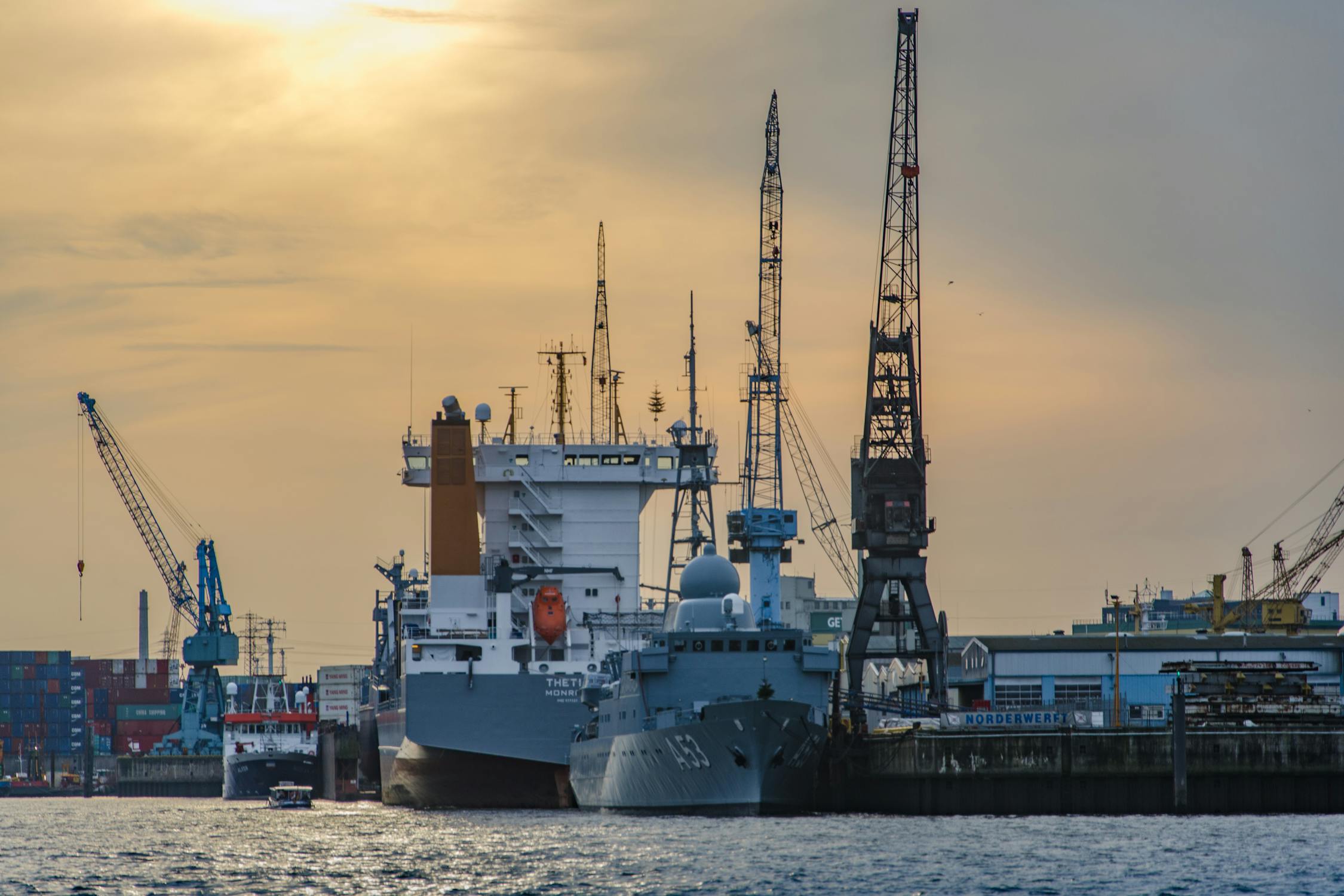High-Quality Stacker Crane Components: Durable & Reliable
Stacker cranes are an integral component of modern warehouse and industrial storage systems. These sophisticated machines are designed to efficiently handle and transport goods within high-density storage environments, ensuring optimal space utilization and operational efficiency. To achieve seamless functionality and reliability, the quality of stacker crane components plays a pivotal role.

Durable and reliable parts not only extend the lifespan of these machines but also minimize downtime and maintenance costs, making them essential for businesses aiming to streamline their logistical operations.
Core Components of Stacker Cranes
Stacker cranes consist of several key components that work in harmony to deliver precise and efficient material handling. Each part is meticulously designed to meet the demands of high-speed operations while maintaining durability under continuous use. Here’s a closer look at the primary elements:
Mast: The mast serves as the structural backbone of the stacker crane. Typically constructed from robust materials like steel, it provides the necessary support for vertical movements. The quality of the mast directly influences the machine's ability to handle varying loads without compromising stability.
Carriage: The carriage is responsible for holding and transporting goods along the mast. Its design ensures smooth horizontal and vertical movements. Advanced carriages often incorporate sensors to enhance positioning accuracy and prevent collisions, especially in automated systems.
Hoisting Mechanism: This component facilitates the lifting and lowering of goods. High-quality hoisting mechanisms are equipped with durable cables, chains, or belts that can withstand frequent use while maintaining consistent performance over time.
Drive System: The drive system powers the stacker crane’s movements. Modern designs often feature energy-efficient motors that provide precise control over speed and direction, reducing energy consumption while ensuring reliability.
Control Systems: Control systems form the brain of the stacker crane, coordinating its movements through advanced software or automation technologies. High-quality control systems offer intuitive interfaces, real-time monitoring, and integration capabilities with warehouse management systems (WMS).
Material Selection and Durability
The choice of materials used in stacker crane components significantly impacts their durability and longevity. Manufacturers prioritize materials that can withstand heavy loads, environmental factors, and wear over extended periods. Commonly used materials include:
- High-Strength Steel: Ideal for masts and structural elements due to its exceptional load-bearing capacity.
- Aluminum Alloys: Lightweight yet sturdy materials often used in parts requiring reduced weight without compromising strength.
- Polymer Composites: Frequently employed in bearings or components exposed to friction for their low-wear properties.
In addition to material selection, treatments such as galvanization or powder coating are applied to enhance resistance against corrosion, especially in environments with high humidity or temperature fluctuations. Warehouses storing chemicals or food products may require specialized coatings to ensure compliance with industry standards.
Advancements in Stacker Crane Technology
Some notable developments include:
Sensors and IoT Integration: Modern stacker cranes incorporate sensors that monitor load weights, movement accuracy, and potential obstacles in real-time. These sensors are often connected to IoT platforms for predictive maintenance and enhanced operational insights.
Energy-Efficient Motors: The introduction of energy-efficient motors has significantly reduced power consumption while maintaining high performance levels. This development aligns with global efforts to reduce carbon footprints in industrial operations.
Modular Designs: Many manufacturers now offer modular components that can be easily replaced or upgraded without extensive downtime. This approach not only improves maintainability but also reduces overall costs over the machine's lifecycle.
| Feature | Benefit |
|---|---|
| Sensors & IoT Integration | Real-time monitoring & predictive maintenance |
| Energy-Efficient Motors | Reduced power consumption & operational costs |
| Modular Designs | Easier maintenance & cost-effective upgrades |
Selecting High-Quality Stacker Crane Components
The process of selecting high-quality components for stacker cranes involves careful consideration of several factors. Businesses must evaluate their specific operational needs to ensure compatibility and performance efficiency. Key considerations include:
Load Capacity: Components must be capable of handling the maximum expected load without compromising safety or efficiency.
Cycle Durability: Given the repetitive nature of stacker crane operations, components should be tested for durability across numerous cycles under varying conditions.
Ecosystem Compatibility: Components should seamlessly integrate with existing systems or infrastructure within the warehouse environment. Control systems must be compatible with existing WMS software.
Manufacturer Reputation: Partnering with reputable manufacturers ensures access to reliable components backed by warranties and technical support.
An example worth noting is Dematic’s stacker crane solutions (Dematic.com). They provide robust options tailored to diverse industries, emphasizing durability and innovative technology integration.
A Thoughtful Reflection on Quality
The significance of high-quality stacker crane components cannot be overstated. From ensuring uninterrupted warehouse operations to minimizing long-term costs, these components form the backbone of efficient material handling systems. As industries continue to demand higher productivity levels coupled with sustainable practices, selecting durable and reliable parts becomes a strategic imperative rather than just a practical necessity.
A deeper understanding of these components also opens up intriguing questions: How will future technological advancements further reshape this landscape? What role will sustainability play in material selection? Exploring these facets could pave the way for innovative solutions that redefine operational excellence in warehouses worldwide. For those intrigued by these possibilities, diving further into industry reports or engaging with experts offers an enriching journey into this vital aspect of modern logistics.
